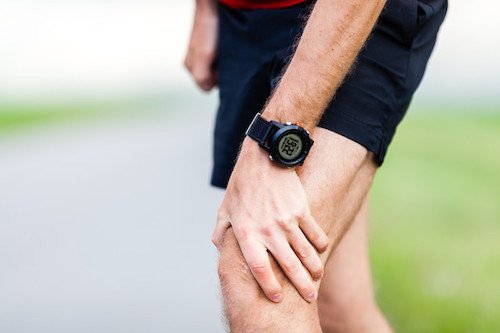Featured Post
The #1 Health Problem in the World
View our blogs

Ways to Reduce Lower Back Pain

Why You Might Need to Sleep More

Preventing Back Pain at Work

How a Chiropractor Can Help Your Headache

Athletic Injuries

Three Ways to Help You Dodge the Flu

Easing Carpal Tunnel symptoms With Chiropractic Treatment

Why Chiropractic Treatment is Ideal for Athletes

A Chiropractor’s Advice on Developing a Great Swing

How to Avoid A Golf Injury

Suffering From Sciatica or Not Sure What It Is?
What Exactly is Sciatica and What can you do about it?

The #1 Health Problem in the World
Did you know that approximately 75-90% of the population presents with low back pain, with 67% presenting with neck pain (global health problem #4, by the way)? This equates to over a billion sufferers worldwide.

When Should You See a Chiropractor?
Not Sure When the Right Time is to See a Chiropractor?

Should You Be Stretching Before Exercising?
In the health field there always seems to be experts arguing over something we have done for a long time. Then, comes new research and we realize there might be a better way after all.

